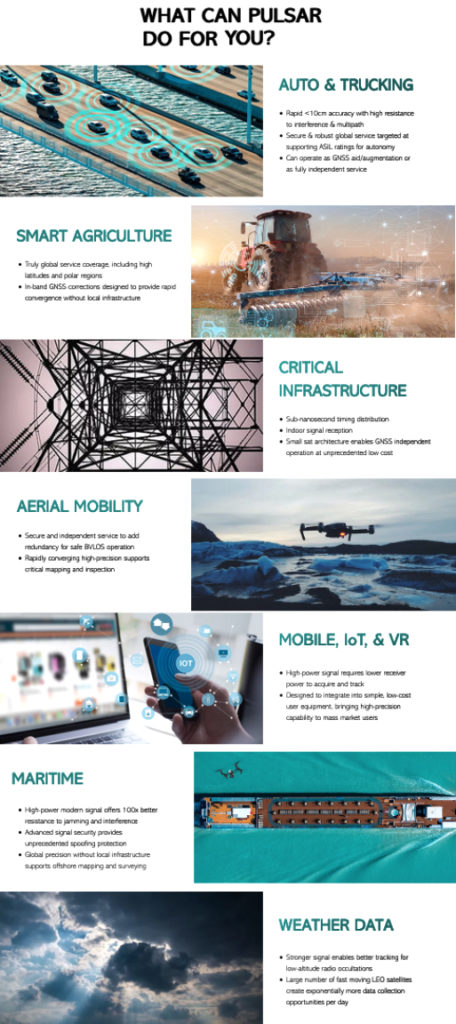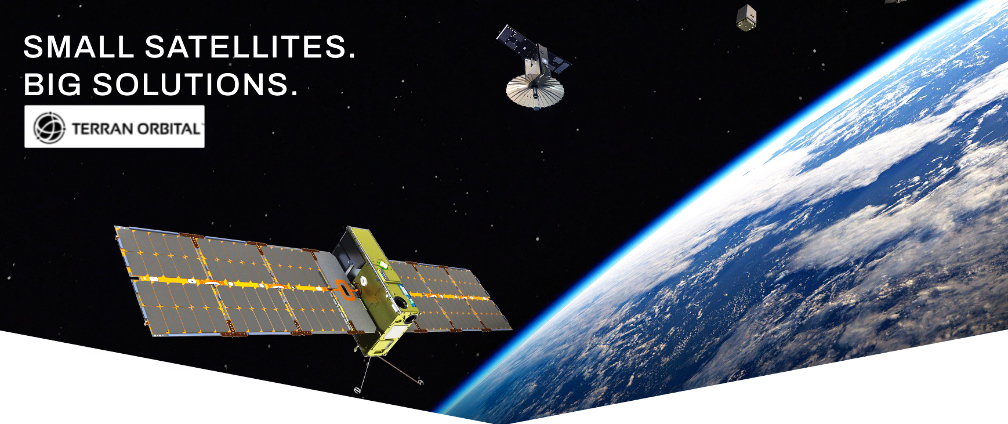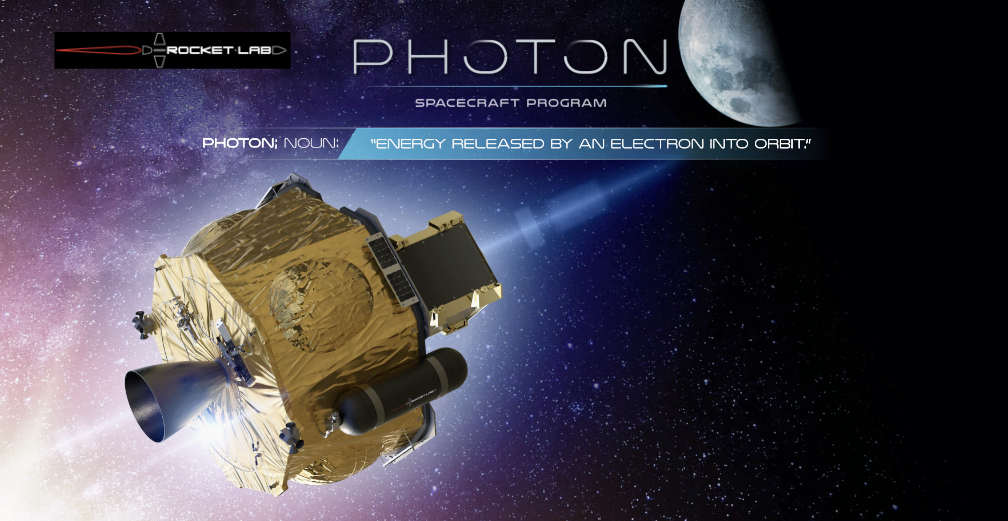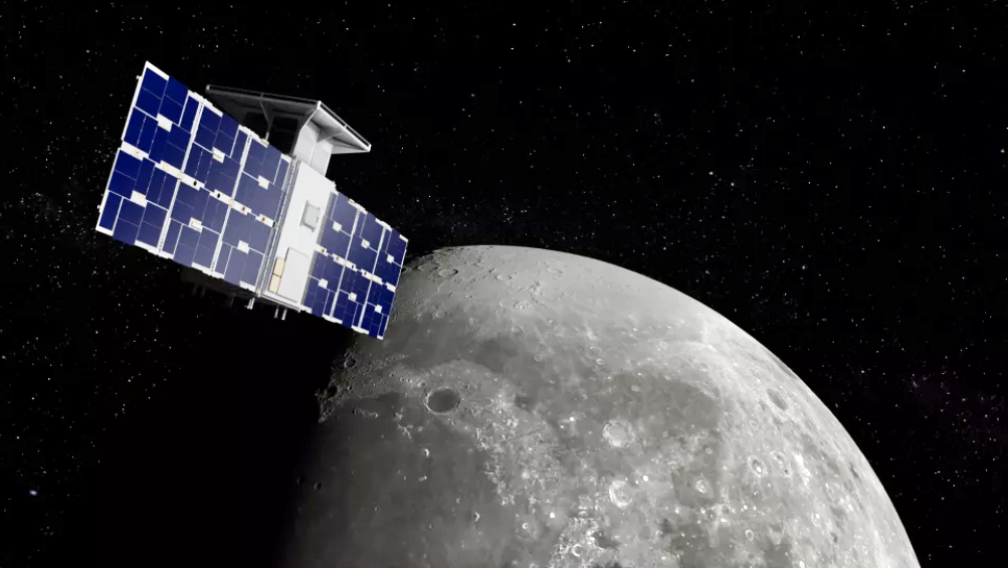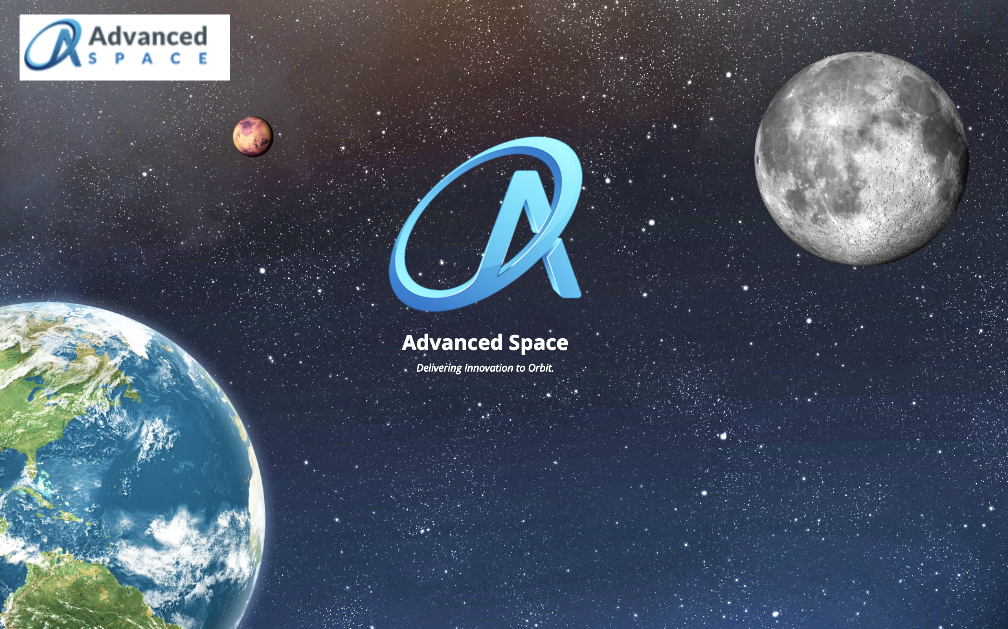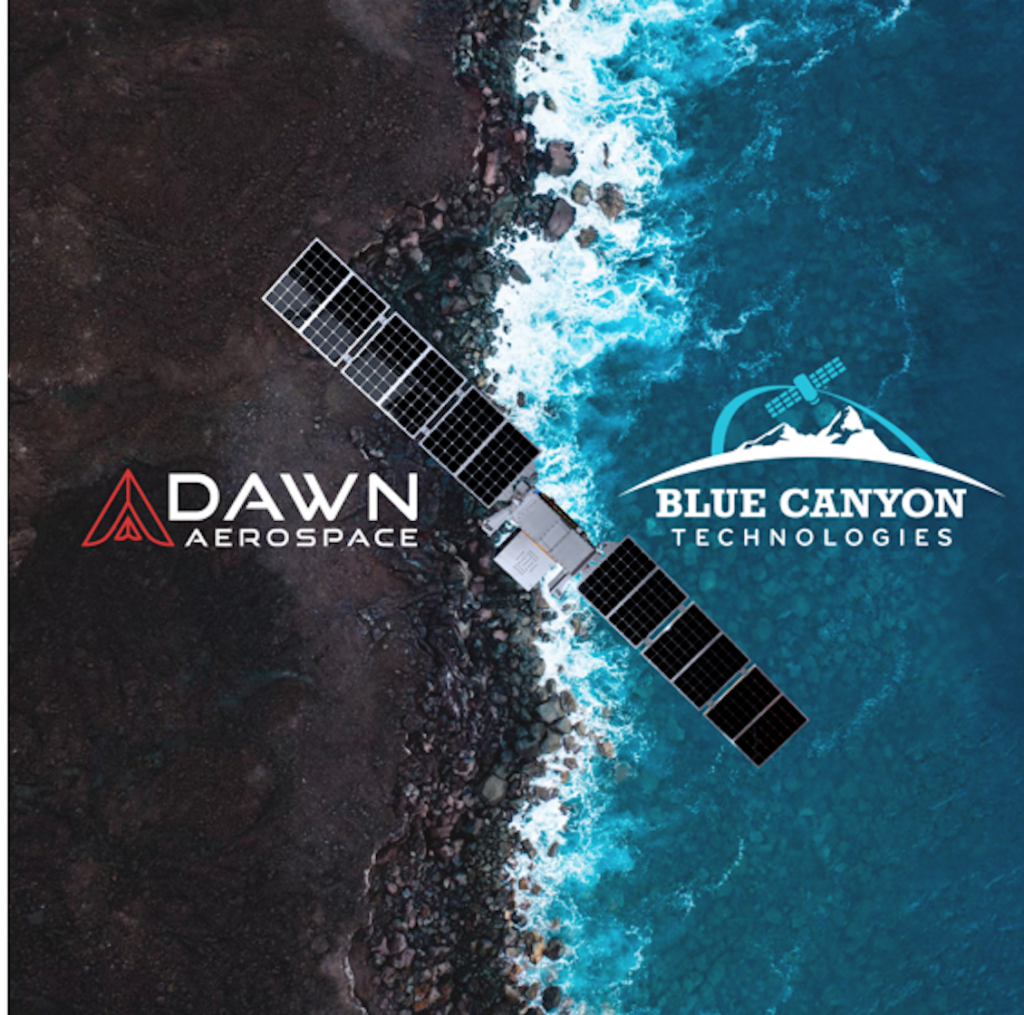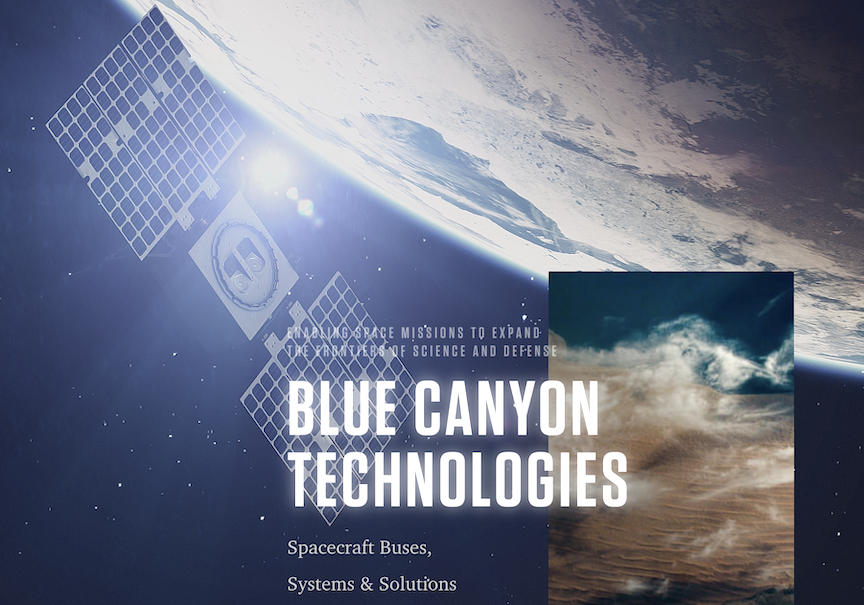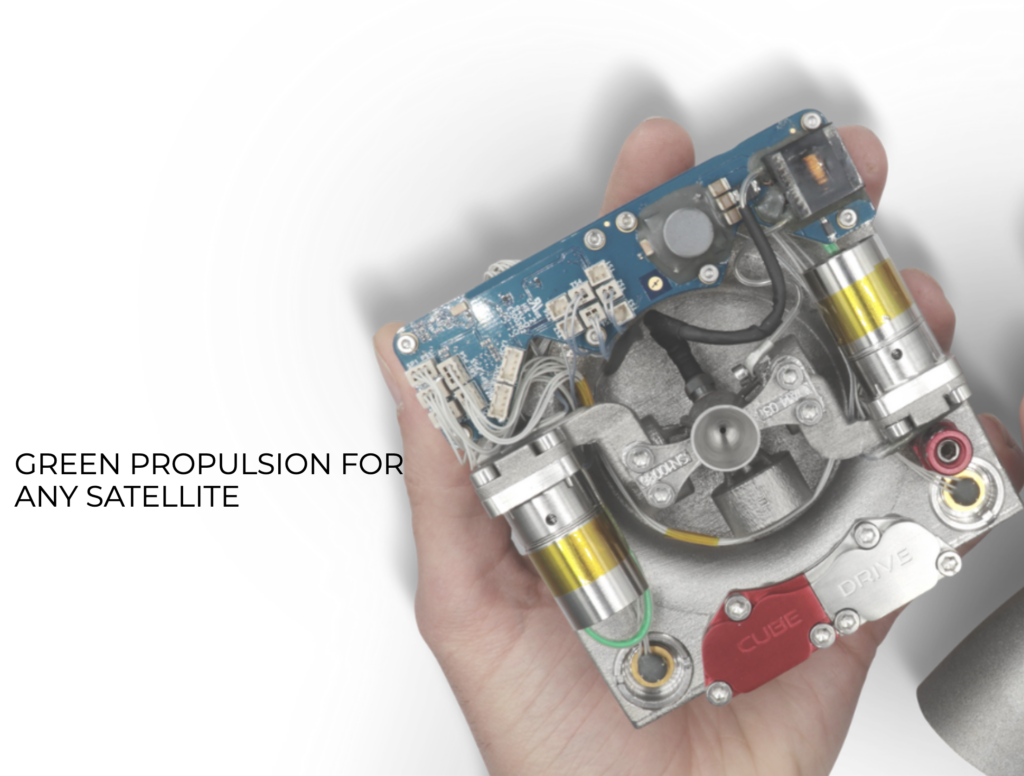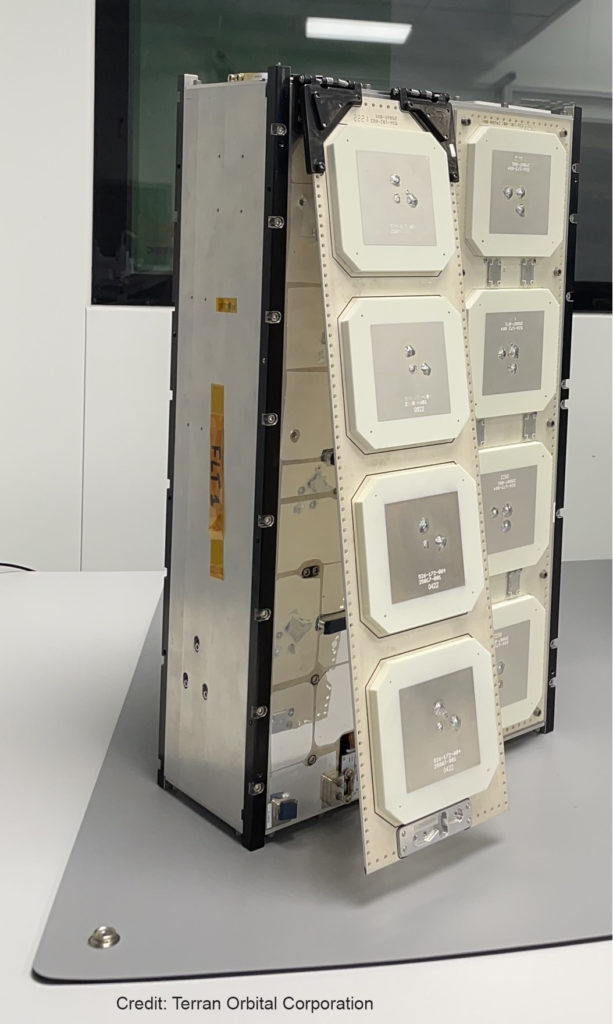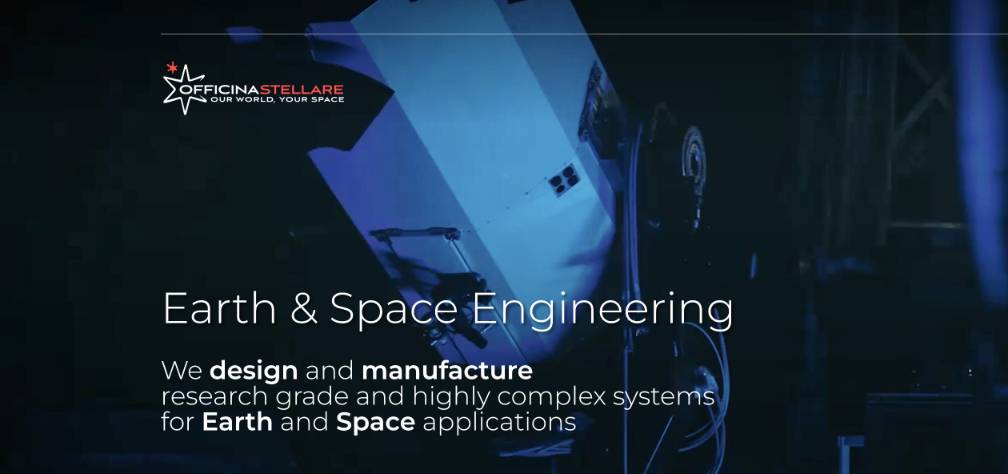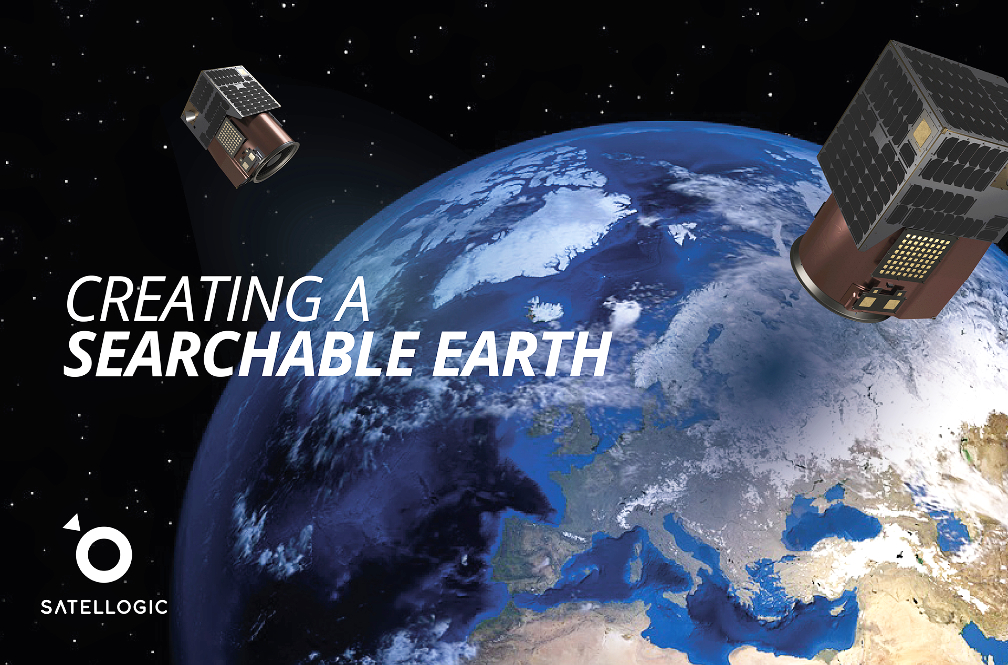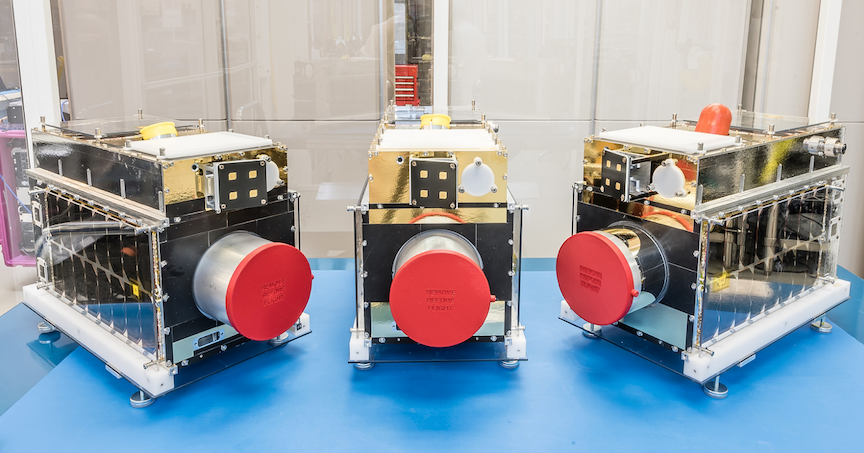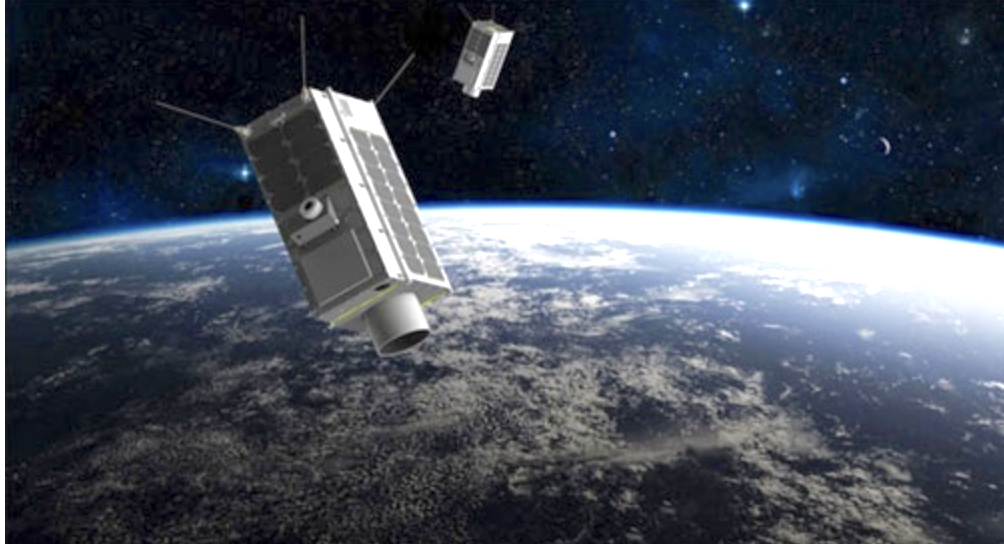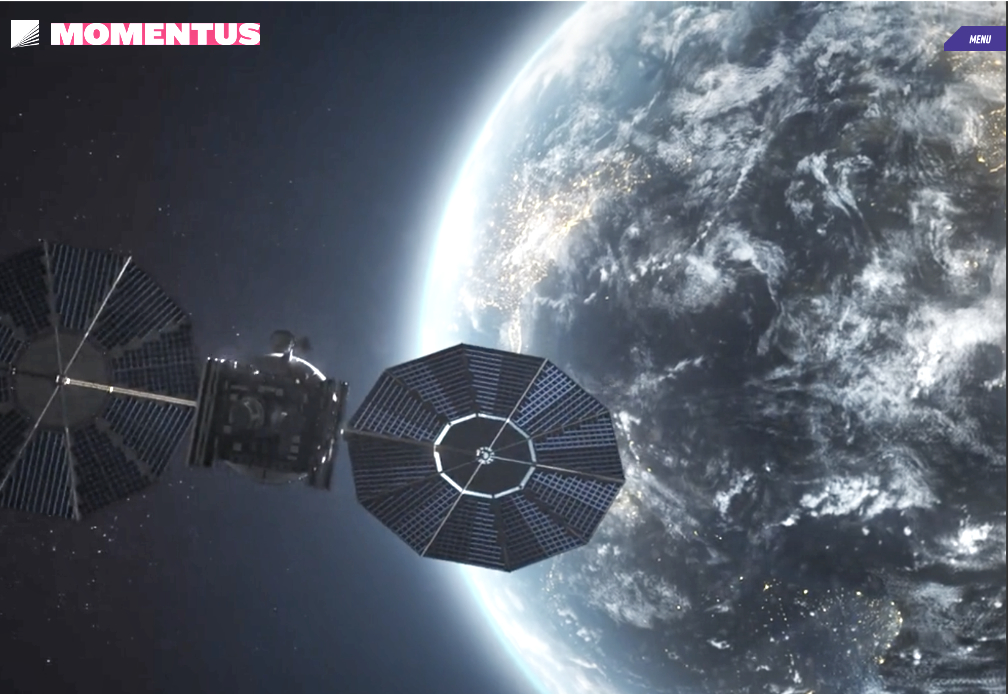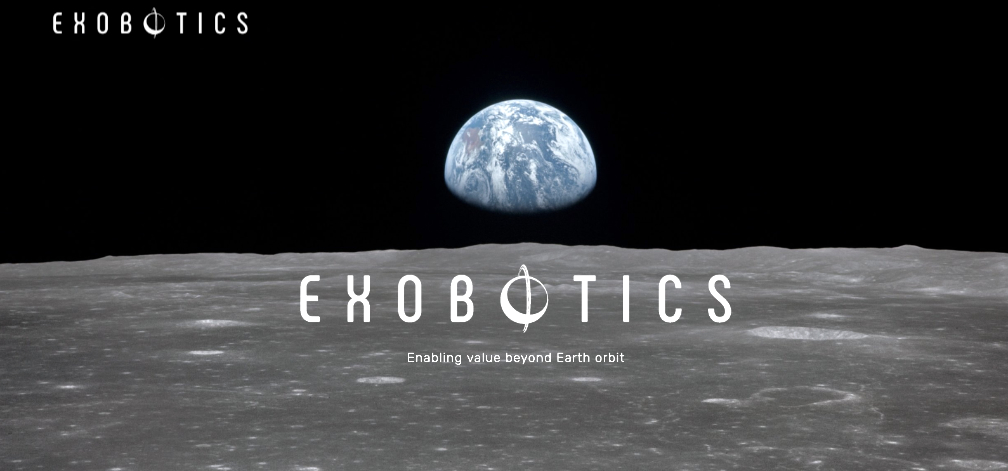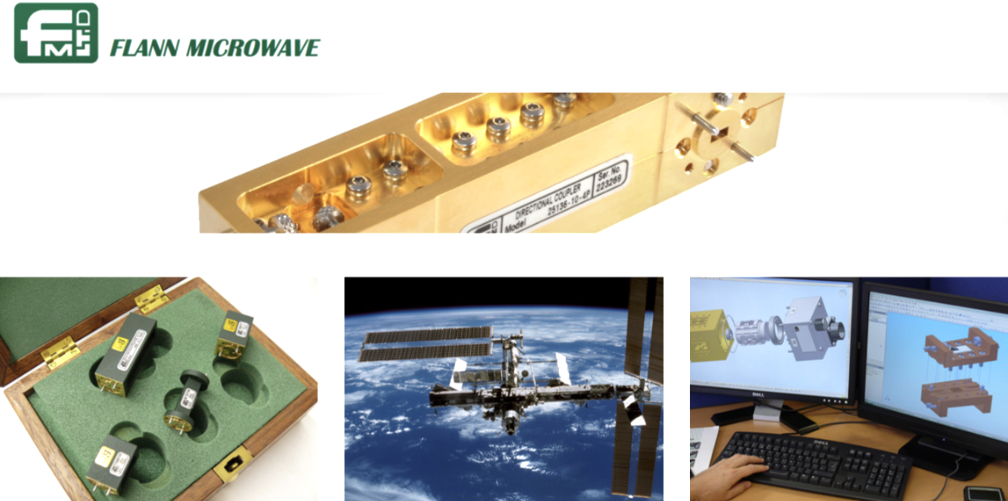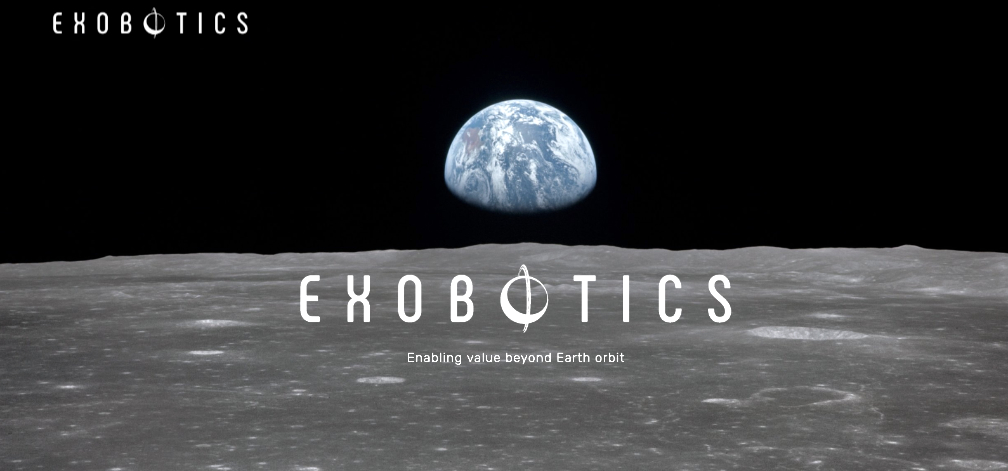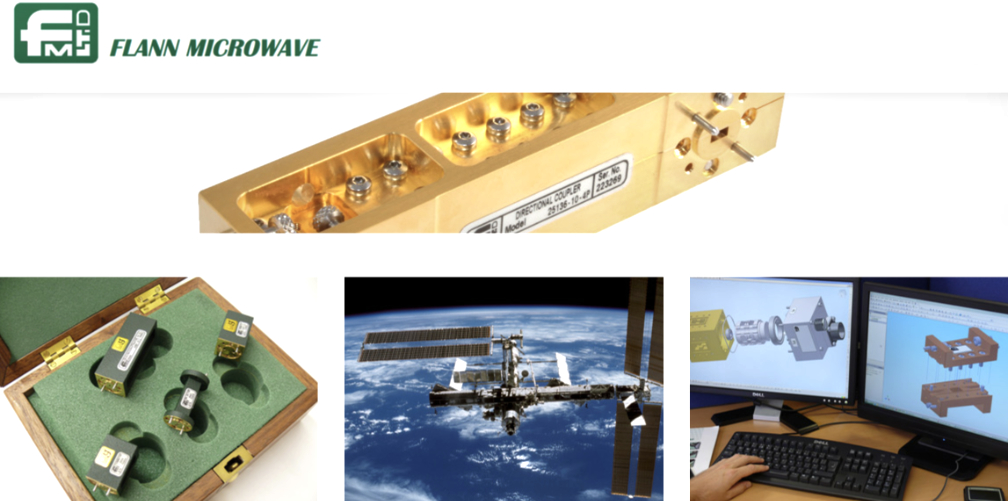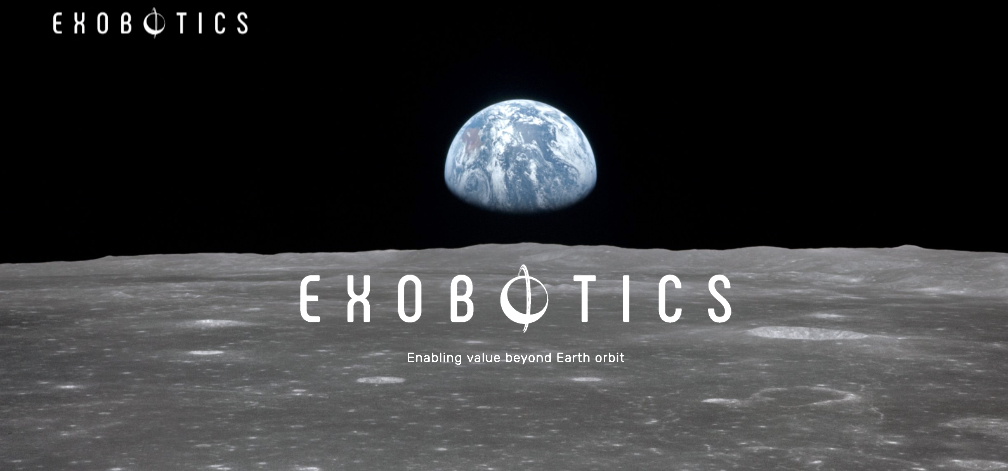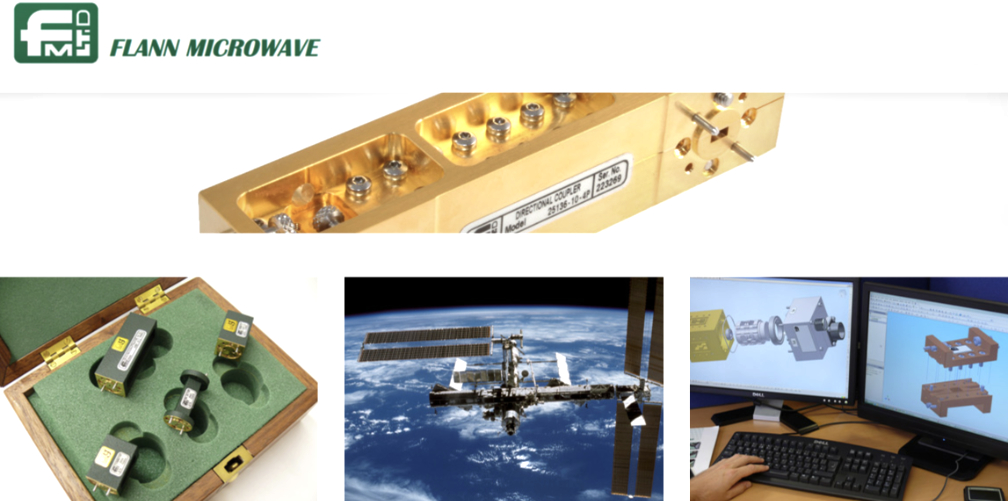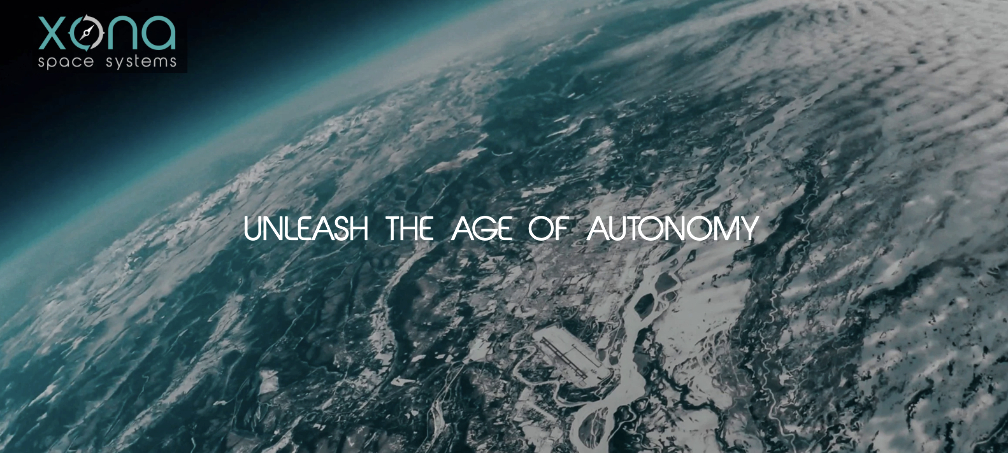
Xona Space Systems, the aerospace startup developing a precision navigation and timing (PNT) system in LEO, has announced that their first in-space demonstrator has been delivered to Spaceflight Inc. for final integration after successfully completing testing and is scheduled for launch on SpaceX’s Transporter 5 in May.
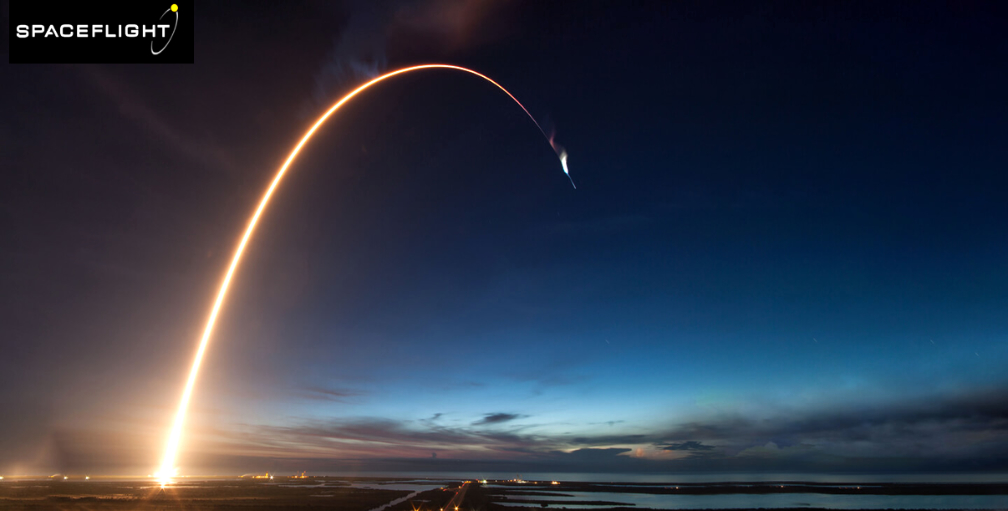
Xona is building the first ever, independent, high-performance satellite navigation and timing system designed to meet the needs of intelligent systems.
Historically, satellite navigation systems such as GPS and Galileo have been exclusively in the domain of major governments, with a price tag into the 10s of billions of dollars. The new space era has brought phenomenal new capabilities to market at orders of magnitude lower cost that has led to a wave of new commercial capabilities sprouting in satellite communications (SATCOM) and Earth Observation (EO). Xona is leveraging the new-space ecosystem to bring the benefits of the commercial space age to a different industry: satellite navigation and timing.
Xona Space is launching Huginn, the first of two missions, demonstrating the capability of their Pulsar constellation. Pulsar’s architecture uses small, but powerful, satellites in LEO, more than 20x closer to Earth than GPS, to deliver high-performance navigation and timing services. Pulsar combines modern security and signal designs with Xona’s patent-pending, distributed, atomic clock architecture to enable robust precision navigation services to be provided from low-cost satellites.

Huginn will transmit the first precision navigation signals from a LEO spacecraft, designed to test and validate the core software and hardware technology that Xona has developed for Pulsar. The mission will also demonstrate the functionality of the end user equipment on Earth and supporting ground systems. Huginn is now going through final integration with Spaceflight in preparation for launch on the scheduled Transporter 5 mission in May. This mission marks a huge step toward realizing a new generation of navigation systems.
Following the Launch of Huginn, the Xona team is shifting its focus to the second demonstration mission as well as the development of the Block I Pulsar system. The final Pulsar constellation will consist of several hundred satellites in LEO, delivering secure and robust precision PNT services designed to meet the needs of advanced applications such as self-driving cars, precision agriculture and construction, augmented reality, critical infrastructure, and many others.
“We’re thrilled that Huginn has successfully completed its very rigorous test campaign in preparation for launch and are incredibly proud of the Xona team for achieving such a critical milestone,” said Brian Manning, CEO of Xona. “Through this process we learned a massive amount and will be incorporating these lessons into our second demo mission as well as the production satellites. It is inspiring to see what this team has been able to achieve going from a blank slate to orbit in less than a year from the time we completed our ground based prototype testing. This is a huge step in the development and deployment of our Pulsar constellation, and we’re looking forward to a very exciting year here at Xona.”
